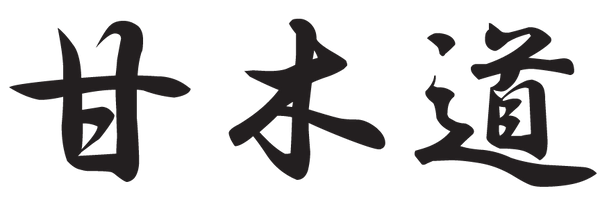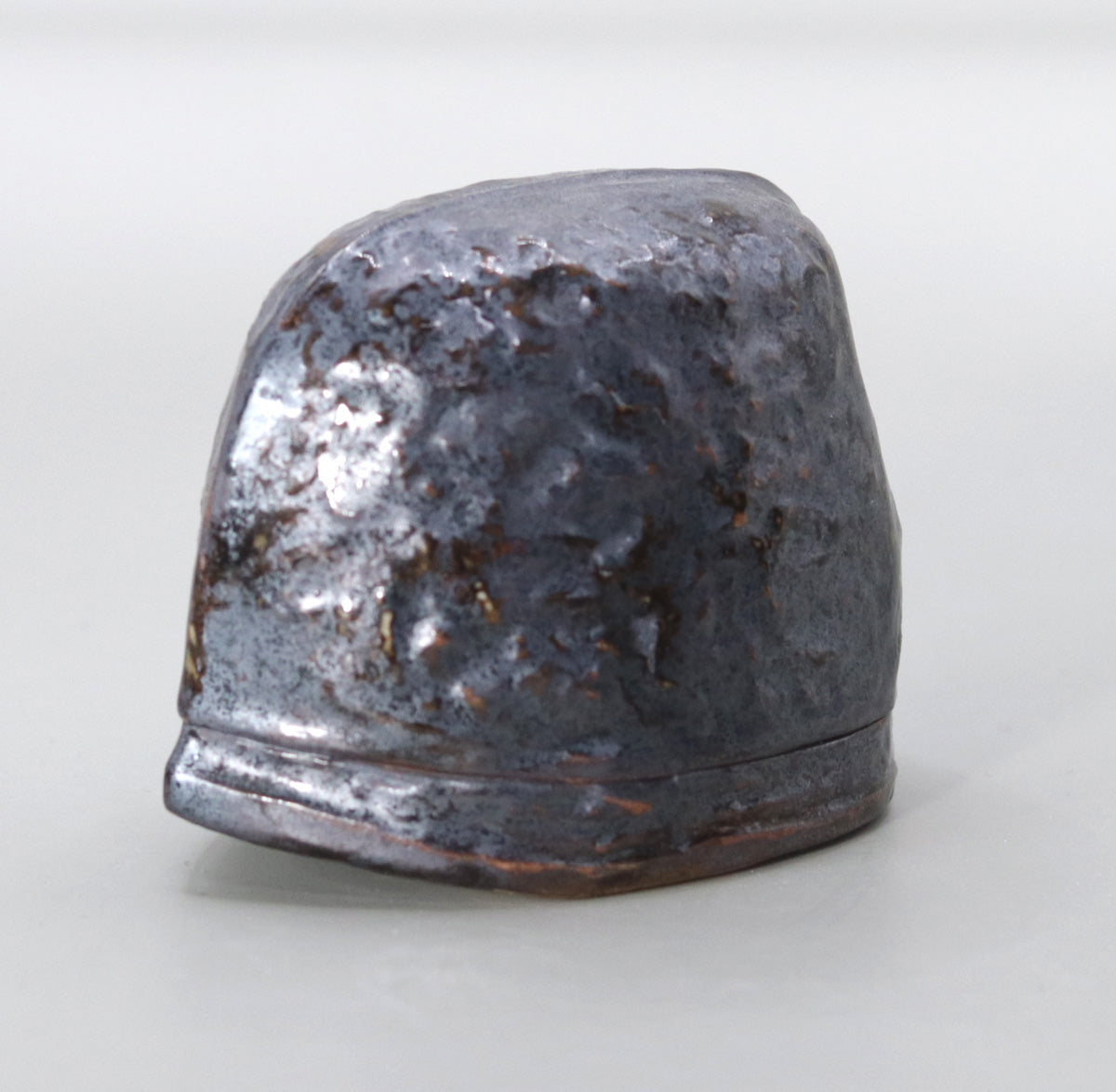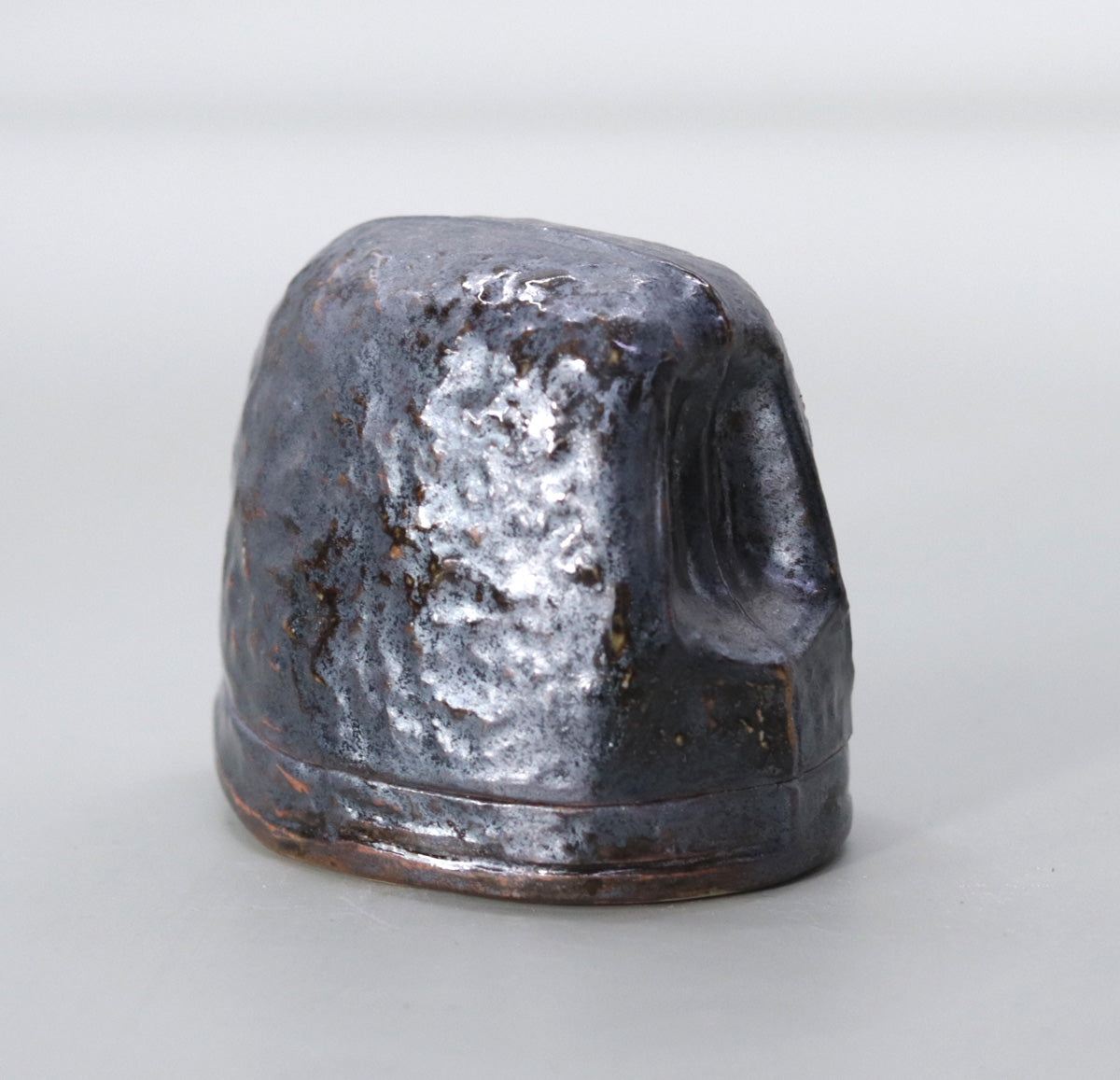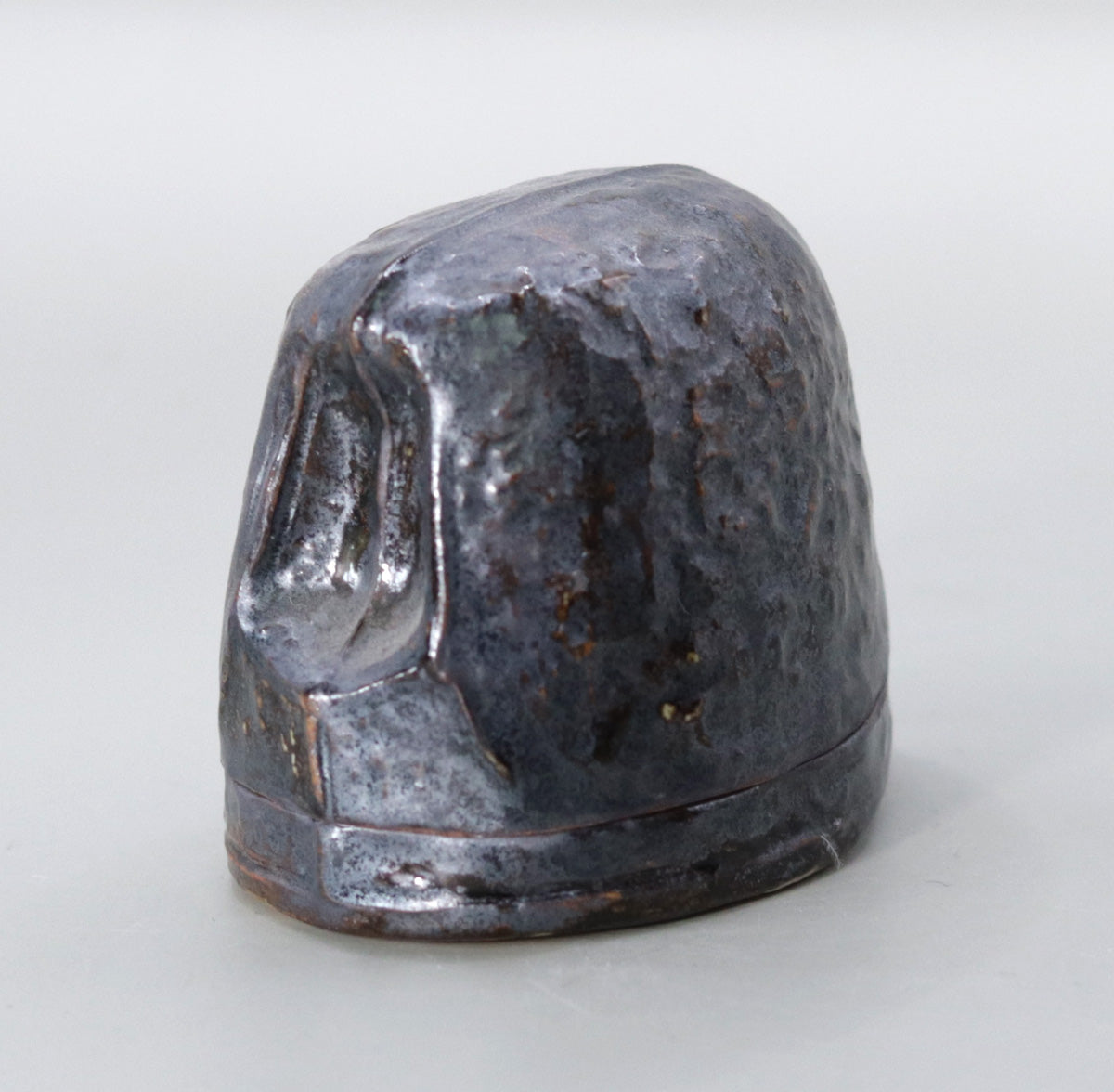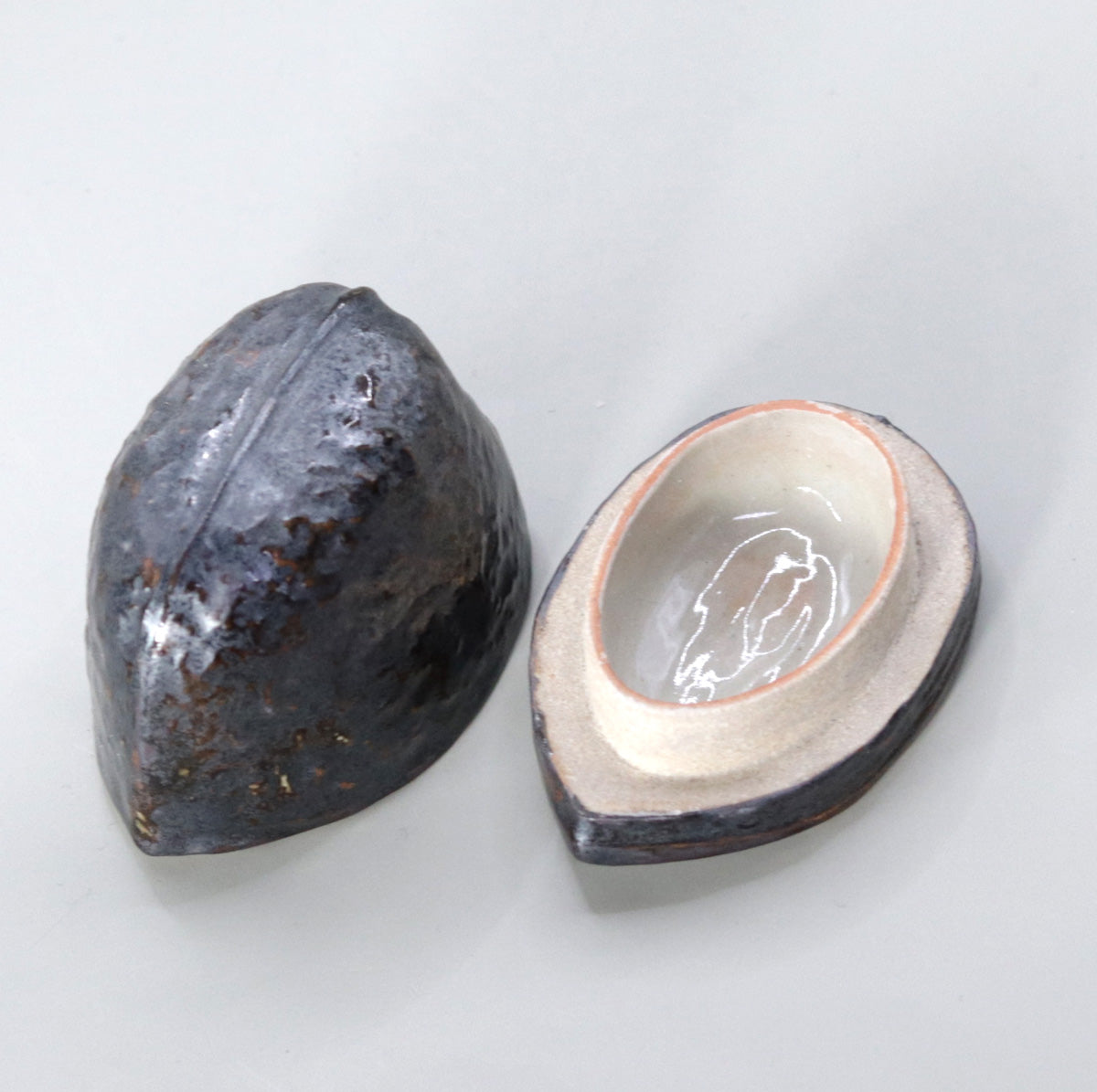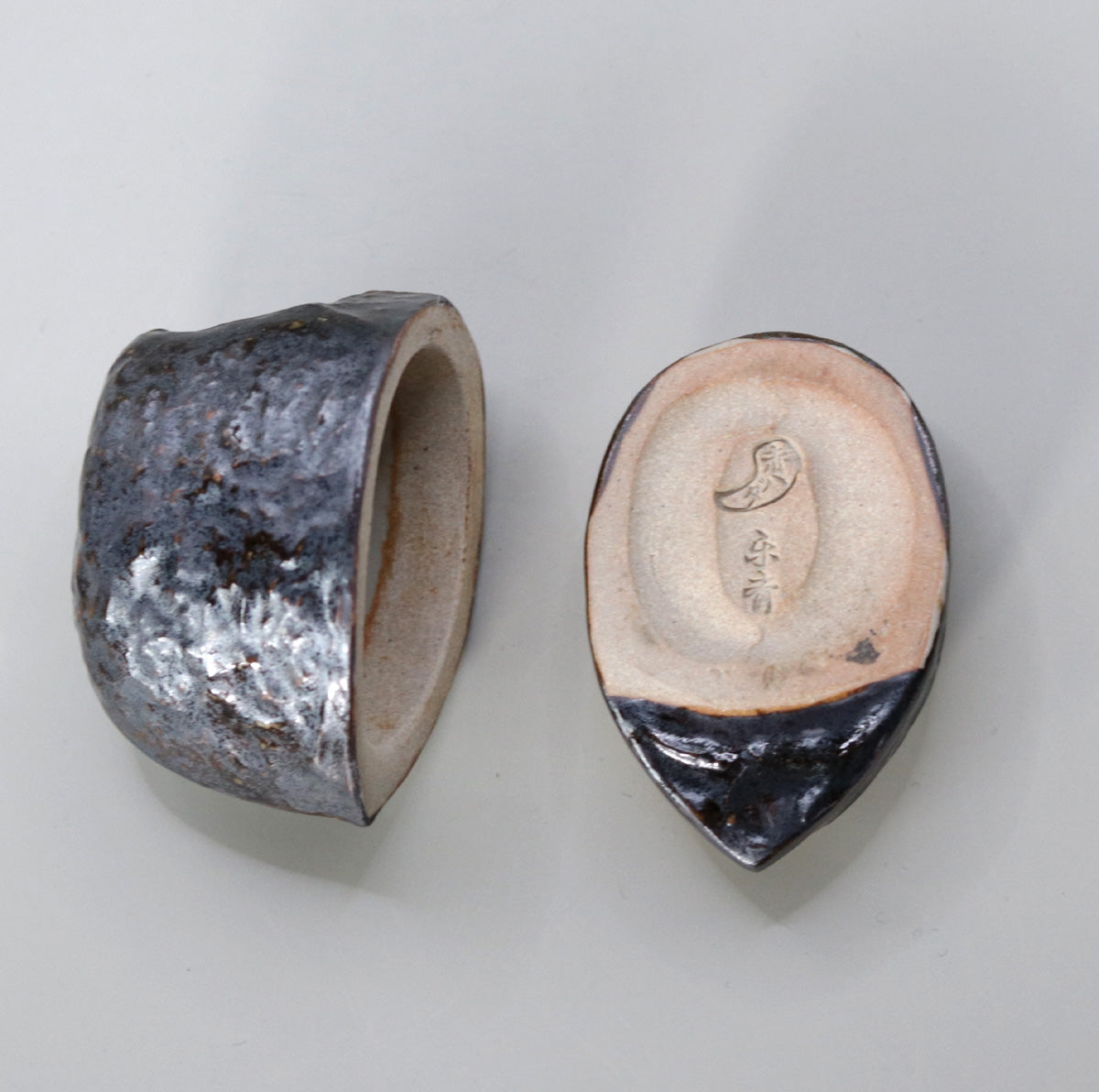Eboshi incense holder by Rakusai Onishi
Eboshi incense holder by Rakusai Onishi
Couldn't load pickup availability
Width: 6.7cm x 4.4cm Height: 5.5cm
Eboshi incense holder (made by Rakusai Onishi)
--A blue-and-white microcosm that reflects the elegance of the Heian period in the palm of your hand--
1. Work summary
This piece is an incense container in the shape of an eboshi hat, made by Onishi Rakusai, a master craftsman of Akahada ware from Nara. Although it is palm-sized, measuring approximately 7cm in diameter and less than 6cm in height, it precisely replicates the neatly folded folds of an eboshi hat, and is divided into two parts, top and bottom, to hold incense paste and pieces of aloeswood.
2. Highlights of the sculpture
| perspective | Forming elements | Viewing points |
|---|---|---|
| front | The gently sloping top | It recreates the "avalanche" style characteristic of the eboshi hats worn by Heian period aristocrats, exuding a quiet elegance. |
| side | Slightly overhanging lower edge | The design recreates the "bulge" of the actual product, and cleverly hides the border where the lid joins. |
| whole | Hammered surface reminiscent of rough soil | The iron particles subtly reflect the light, giving it a texture reminiscent of hammered metalwork. |
3. Glaze tones and techniques
Blue iron kiln-changed glaze <br data-start="498" data-end="501">By adding iron oxide to a transparent glaze and firing it under strong reduction, we have achieved the "blue iron" color that changes from ultramarine to inky black. Localized purple-brown kiln-changed spots appear, creating a depth that is reminiscent of the luster of black lacquer that has been used for many years.
Hammering Forming <br data-start="615" data-end="618">After a large lump of clay is pulled on a potter's wheel, it is lightly hammered with a wooden hammer to flatten the surface and bring out the distinctive fold lines of the eboshi hat. This process creates natural unevenness due to shrinkage after firing, giving the piece a rugged yet delicate appearance.
Lid fitting innovation <br data-start="732" data-end="735">By creating a double groove on the bottom edge, it provides a good grip when lifting the incense holder and also improves the airtightness.
4. Cultural background of the eboshi motif
Eboshi hats became a part of everyday attire for male nobles from the Heian period onwards, with the way they were folded and their height regulated in detail according to rank and age. The "eboshi hat and kariginu" worn by Shinto priests at festivals remains in Shinto rituals and gagaku music to this day, and is considered a symbol of purity, nobility and elegance . In the tea ceremony, eboshi incense containers are often used at occasions such as New Year's and festivals that mark "celebratory occasions," and are popular as a way of incorporating the elegance of court ceremonies into the room.
5. Seasonal combinations
| Season and taste | stem/flower | Incense | Stage Effects |
|---|---|---|---|
| New Year's First Tea Ceremony | Scroll "Friends above the clouds", flowers: young pine, 1000 ryo | Incense stick "Kamatsu" | It is reminiscent of court attire and emphasizes the freshness of the new year. |
| Boys' Festival | Axle "Shangwu", flowers: Iris, Duwaka | Kara piece | The eboshi hat, which is common in samurai attire, shows a martial spirit. |
| Double Ninth (Chrysanthemum Festival) | Stem "Ennen", flowers: yellow chrysanthemum/light | Sandalwood + Borneo | It brings the elegance of aristocratic culture to the chrysanthemum sake banquet. |
6. Onishi Rakusai's approach to pottery
Under the philosophy of "Putting the history and prayers of Nara into tea pottery in the palm of your hand," Onishi Rakusai actively incorporates themes such as costumes and ritual implements that represent the original forms of Japanese culture, in addition to motifs symbolic of the land, such as deer, temple bells, and Yumedono. In this work, he makes use of the iron quality of Akahada clay and the crystallization of Aotetsuyu to express the tension of the folds of the clothes and the tranquility of the fabric with the texture of the clay. When you hold it in your palm, it is as if you can feel the quiet breathing of the costumes of Heian period aristocrats.
7. Summary
The "Eboshi Incense Container" is a rare gem that brings the subtle echoes of Heian gagaku to the tea room. When you open the lid, the rising incense smoke flows into the depths of the eboshi hat, evoking the tranquil scene of an ancient nobleman styling his hair. Please enjoy the intricate design unique to Onishi Rakusai and the deep luster of the blue iron kiln transformation at any fine tea ceremony or festival.
A conversation with Rakusai Onishi – High-end pottery specialty store [Amagi-do]
Share

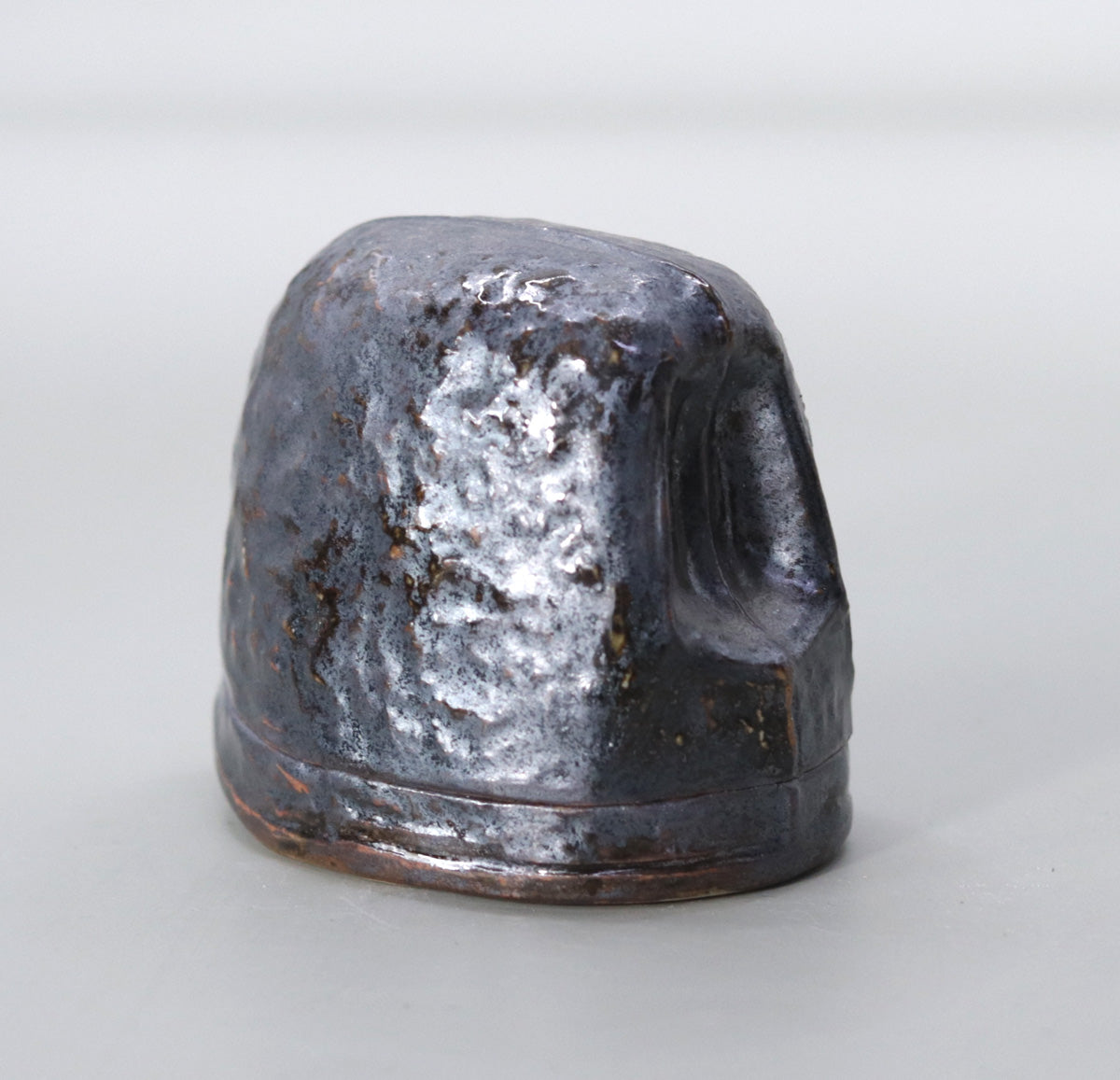

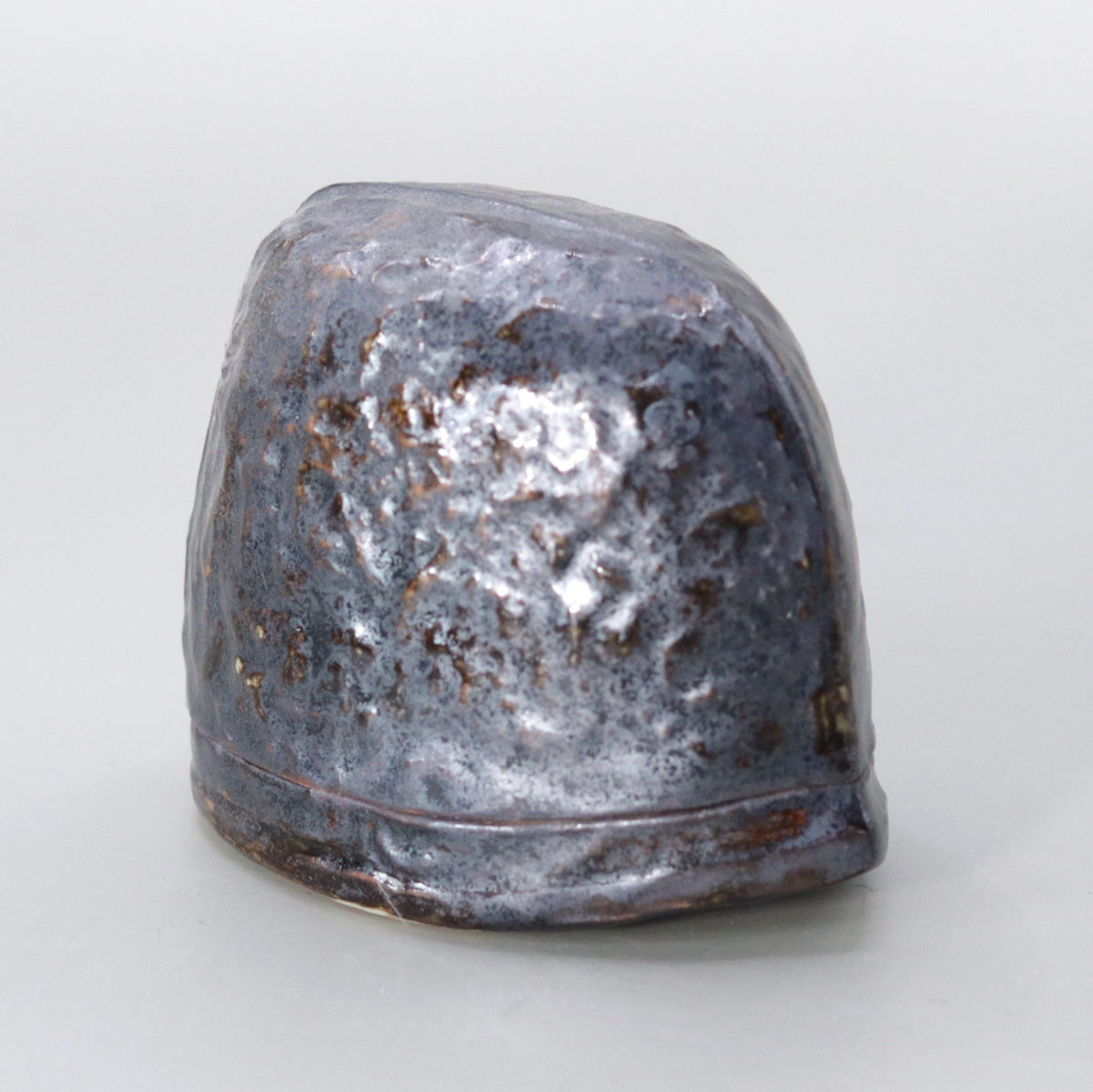
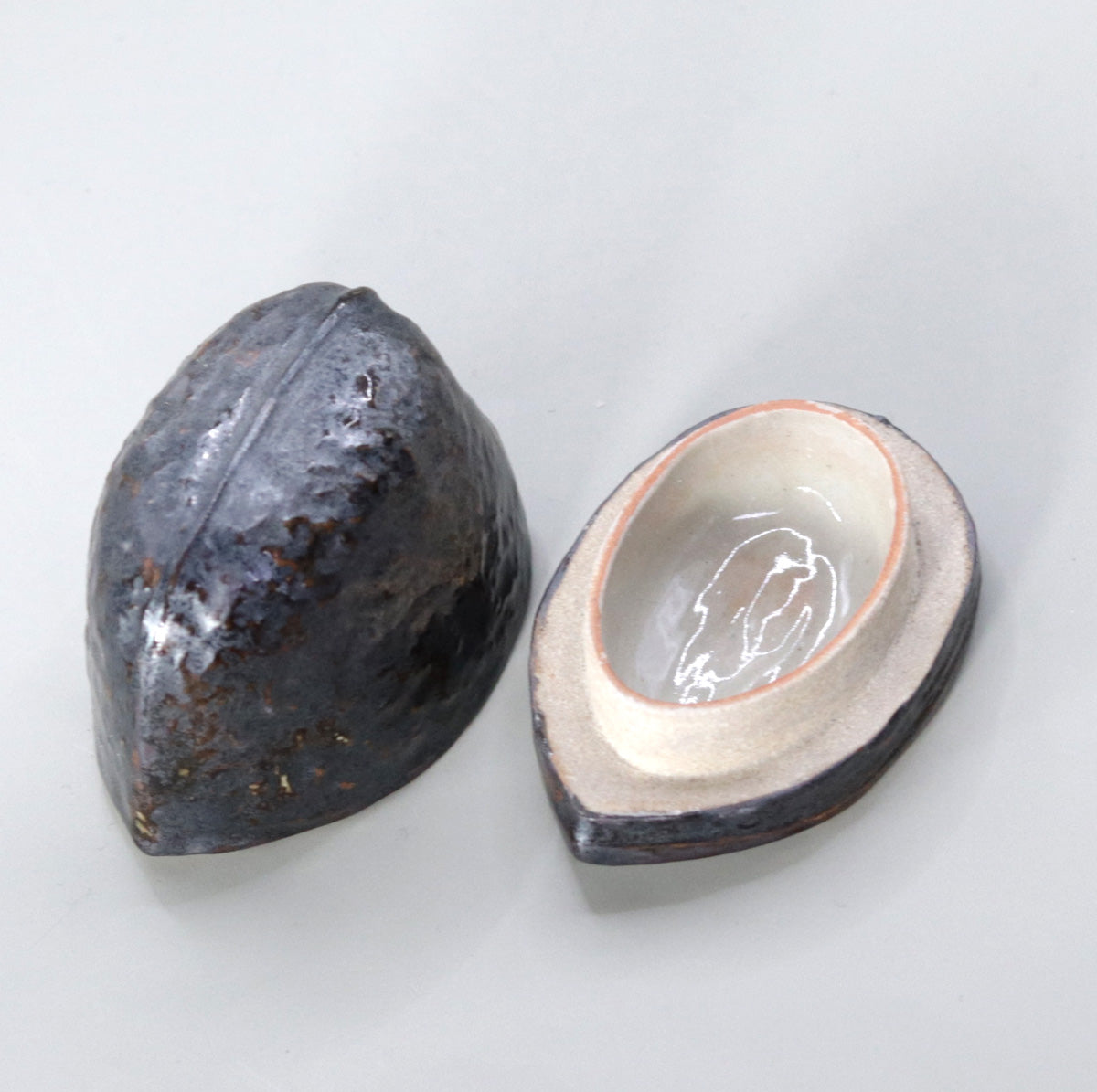
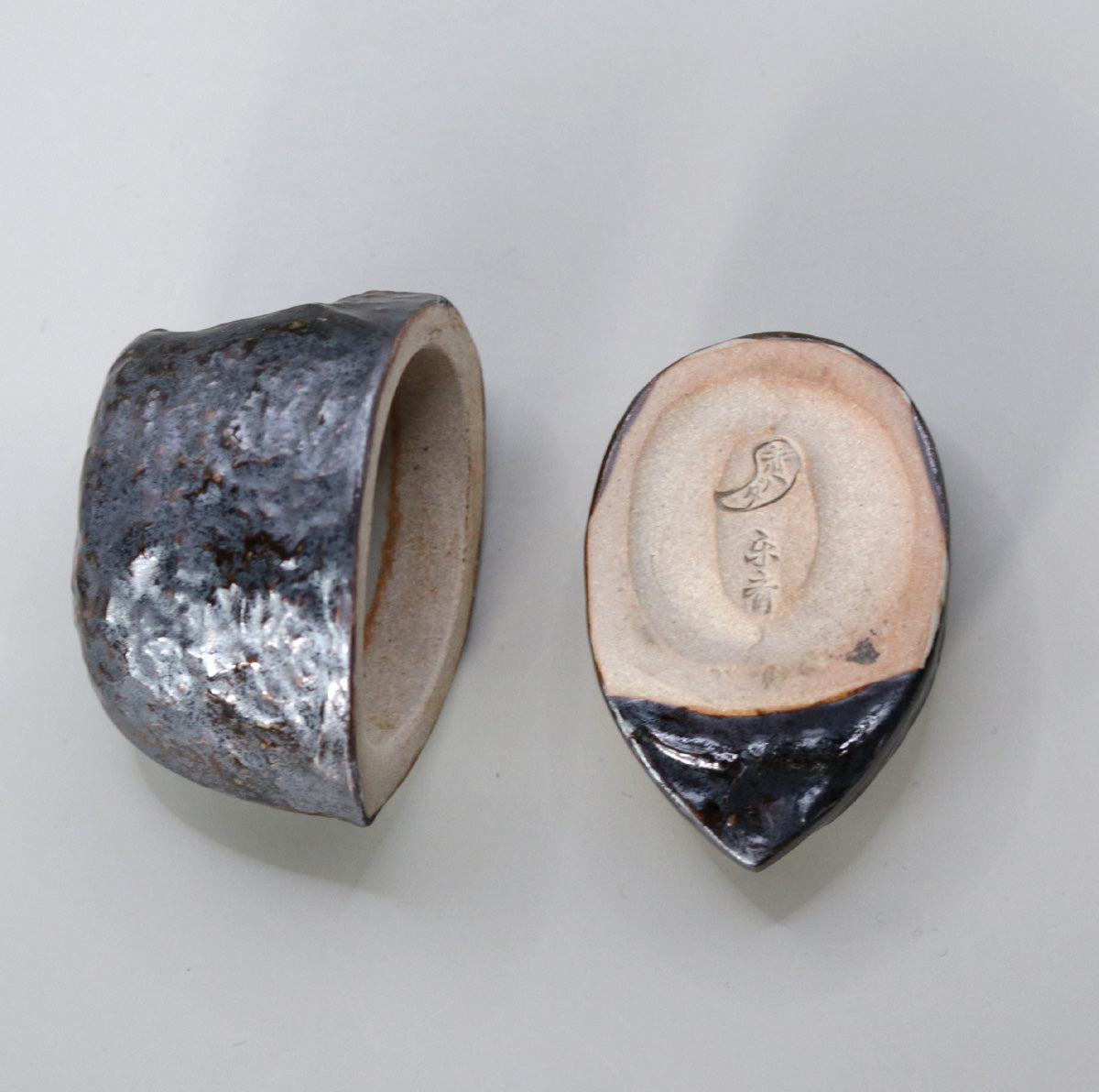
Multi-Column
-
[I will send it to you quickly and carefully]
We carefully package each product in a way that suits it best.
Also, delivery times vary depending on the piece (vessel, etc.).
Items that already come with a box will be shipped within 1-3 days of the order date.
For items that require a box to be made after your order, it will take approximately 30 days for production to be completed and then shipped.
In either case, once we have confirmed your order, we will contact you by email to inform you of the delivery date.
-
[Requests when purchasing pottery]
Even products that look the same may differ slightly in color, shape, size, etc.
The way the glaze is used, the power of the kiln, the firing method, the season, and the humidity also affect the appearance of the pottery.
Please understand the individuality of each piece of pottery and enjoy the unique warmth of handmade.
